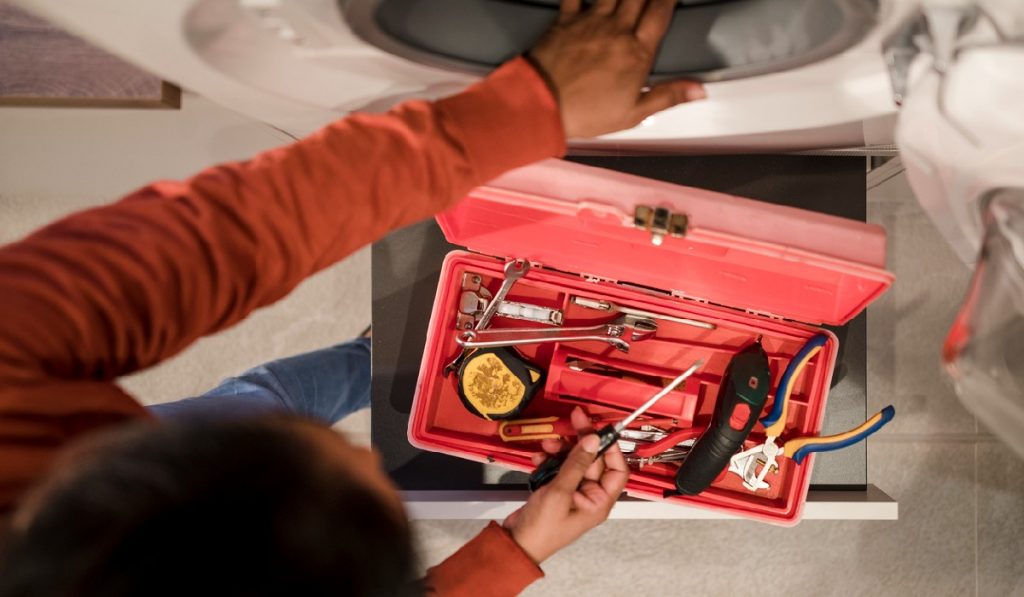How To Organize Your Toolbox: Essential Info for a Tidy Workbench

If you’re a DIYer, you know how frustrating a chaotic toolbox can be. Not only is it difficult to find the right tool when you need it, but it can also be dangerous if misplaced items fall onto the floor. That’s why it’s essential to keep your toolbox organized. A more organized space can help you be more productive, and it looks nicer. A neat workspace is also safer, and you will always have what you need within reach. In this post, we’ll share some top-rated tips and tricks on how to organize a toolbox.
Identifying the Tools You Need
Before you jump right into shopping for tools, it’s critical that you first identify what tools you need for the job. Make sure to read up on the project or task and ensure that you have the necessary tools and supplies needed. Do some research online or consult a professional if you’re unsure of what you need to complete the project. Once you have identified all of the tools that you will need, decide which ones are necessities and which ones are nice-to-haves. This list will help you stay within your budget and keep your toolbox from becoming too cluttered.
Cleaning and Preparing Your Toolbox
Before putting any items into your toolbox, it’s crucial to ensure that it is clean and ready for use. This step will help keep rust buildup at bay and prevent any damage to the tools themselves. Start by wiping down all interior surfaces with a damp cloth, then use an appropriate cleaner. Once everything has been wiped down, allow drawers and cabinets plenty of time to dry before attaching them and placing any items inside.
Clean and Sharpen Your Tools
Once your toolbox is ready for use, take some extra time to give all of your tools a proper cleaning before putting them away. Wipe off any dirt or debris using a clean cloth and use a sharpening stone or file to sharpen any blades or cutting edges. This process will help ensure that everything is in good working order throughout many uses.
Organizing and Storing Tools
Now it’s time to start organizing your tools. Begin by sorting all of your items into categories such as screwdrivers, hammers, mallets, wrenches, pliers, saws, and blades. With this method, your tools can be easily located when needed. It can also be helpful to label each compartment with its specific category type.
Arrange the Tools Neatly
Once everything has been sorted into categories, begin arranging everything nicely in its place inside your toolbox. Try not to overfill any compartments, and place heavier items towards the bottom of drawers or compartments.
Maintaining Your Toolbox
Now that everything is organized and arranged nicely inside your toolbox, it’s important to ensure it stays this way. Develop a system where each tool has a designated space so nothing gets lost or misplaced. This system will also help promote good organization skills should someone else use your box at any time. Be sure not to leave any items exposed, and cover drawers with lids if possible.
Conclusion
Organizing your toolbox doesn’t have to be difficult or tedious, simply following these steps can help make sure everything stays neat and orderly. Keeping track of what needs replacing and ensuring proper maintenance of components will help ensure a good work environment. By following the steps in this blog post, you will be well on your way to having a tidy toolbox that will help make any project easier.
